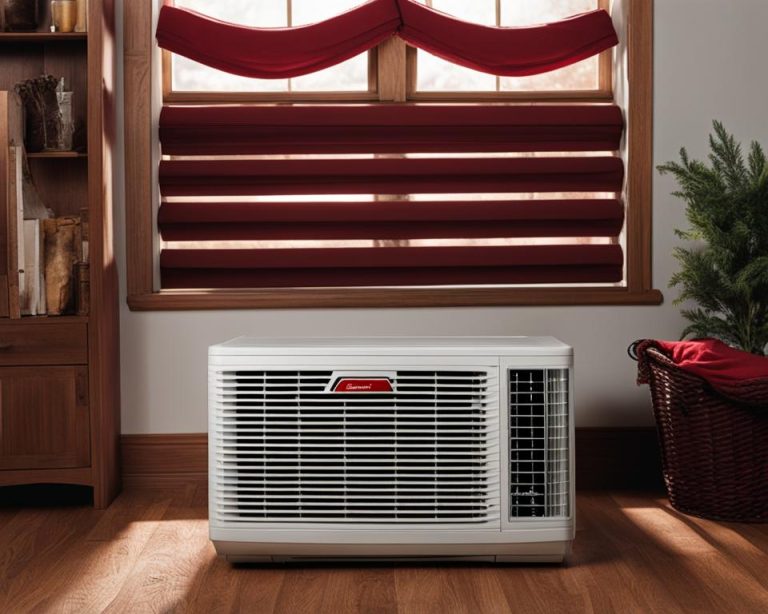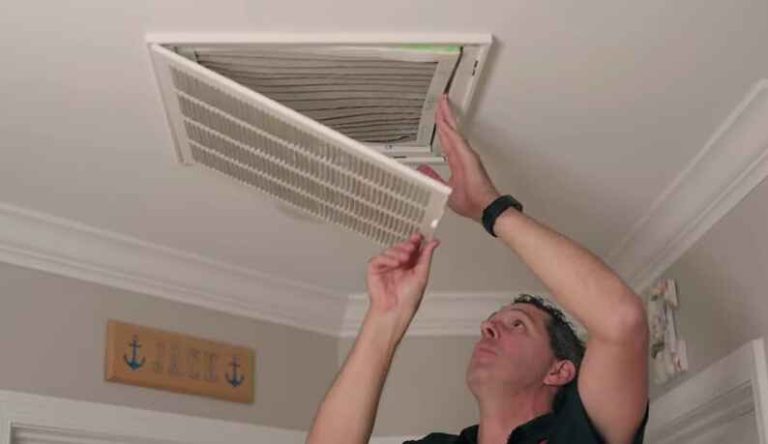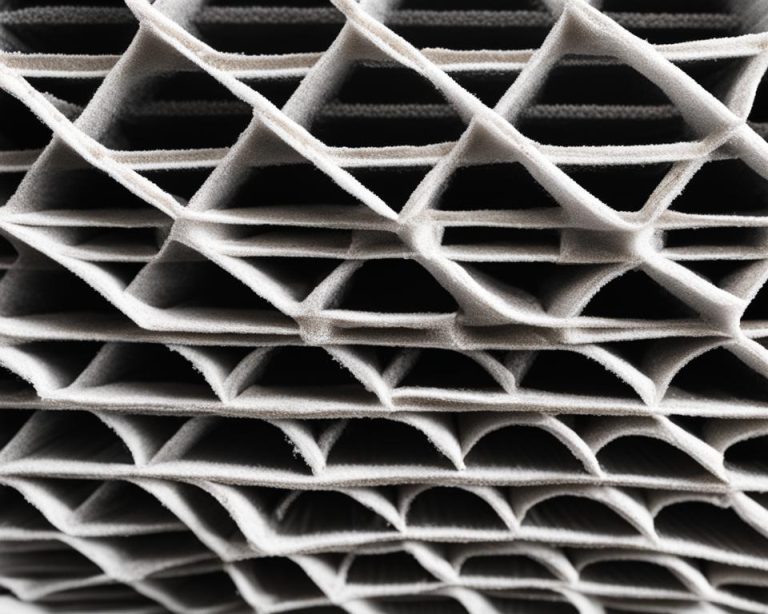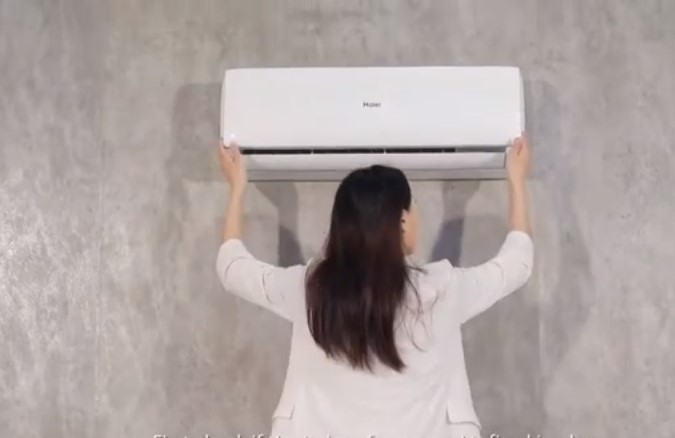When AC blows cold then warm, check air filters, refrigerant levels, and condenser coils. Ensure vents aren’t blocked. If the issue persists, seek a professional HVAC inspection to diagnose and resolve underlying problems effectively.
Is your AC blowing cold air one moment and warm the next? Don’t fret – you’re not alone. Understanding why your AC blows cold then warm can save you from unnecessary panic and expenses. In this beginner-friendly guide, we’ll explore common causes behind this frustrating issue and provide simple steps to troubleshoot and resolve it. Say goodbye to sweltering discomfort and hello to a consistently cool indoor environment. Let’s dive into the solutions to keep your AC blowing cold all summer long.
Common Causes of AC Blowing Cold Then Warm
If you’ve ever experienced your AC blowing cold then warm, you know how frustrating it can be, especially during hot summer months. This issue can arise due to various reasons, ranging from minor issues to more significant malfunctions within your air conditioning system. Identifying the root cause is crucial to resolving the problem effectively. Here, we’ll explore ten common causes of AC blowing cold then warm, helping you diagnose and address the issue promptly.
Refrigerant Leaks:
One of the primary reasons for AC blowing cold then warm is refrigerant leaks. Refrigerant is essential for absorbing heat from indoor air and cooling your space. If there’s a leak in the refrigerant lines, it can lead to a gradual loss of cooling efficiency. As the refrigerant level drops, you may notice intermittent cooling followed by warm air blowing from the vents. Professional HVAC technicians can locate and repair these leaks, ensuring proper refrigerant levels and efficient cooling.
Dirty Air Filters:
Dirty or clogged air filters restrict airflow, causing the AC system to work harder to cool your home. This increased strain can result in fluctuations in cooling performance, leading to the AC blowing cold then warm. Regularly replacing or cleaning air filters is essential for maintaining optimal airflow and preventing such issues. Aim to inspect and change your air filters every 1-3 months, depending on usage and filter type.
Thermostat Issues:
Malfunctioning thermostats can also contribute to AC blowing cold then warm. If the thermostat isn’t accurately sensing the temperature or isn’t properly calibrated, it may cause the AC system to cycle incorrectly. This can lead to uneven cooling and intermittent warm air blowing from the vents. Calibrating or replacing the thermostat as needed can help restore proper functionality and temperature control.
Frozen Evaporator Coils:
Frozen evaporator coils are another common culprit behind AC blowing cold then warm. Several factors can cause evaporator coils to freeze, including restricted airflow, refrigerant leaks, or a malfunctioning blower fan. When the coils freeze, airflow is restricted, resulting in diminished cooling performance and eventually warm air blowing from the vents. Thawing the coils and addressing the underlying cause is necessary to prevent further issues.
Faulty Capacitors:
Capacitors are responsible for providing the necessary electrical charge to start the motors in your AC system. If the capacitors are faulty or failing, it can lead to intermittent cooling problems, including the AC blowing cold then warm. Capacitors may degrade over time due to electrical stress or environmental factors. Replacing faulty capacitors can restore proper operation and prevent further cooling issues.
Clogged Condensate Drain Line:
The condensate drain line removes excess moisture from your AC system. Over time, algae, mold, and debris can accumulate within the drain line, causing it to become clogged. A clogged condensate drain line prevents proper drainage, leading to water backup and potential system shutdowns. Additionally, it can cause humidity levels to rise indoors and contribute to cooling inefficiencies, resulting in the AC blowing cold then warm. Cleaning or unclogging the condensate drain line is essential for maintaining optimal AC performance.
Faulty Compressor:
The compressor plays a crucial role in the refrigeration cycle, pressurizing refrigerant to facilitate heat exchange. If the compressor is malfunctioning or failing, it can result in intermittent cooling issues, including the AC blowing cold then warm. Common compressor problems include electrical failures, motor issues, or refrigerant leaks. Repairing or replacing a faulty compressor requires professional expertise and may involve significant costs.
Improper Sizing:
Inadequately sized AC systems may struggle to effectively cool your home, especially during peak demand periods. An undersized AC system may run continuously without achieving the desired temperature, leading to uneven cooling and intermittent warm air blowing from the vents. Conversely, an oversized AC system may short cycle, turning on and off frequently, which can also result in temperature fluctuations. Ensuring proper sizing during installation or upgrading your AC system can help prevent such issues.
Restricted Airflow:
Restricted airflow due to blocked vents, ductwork obstructions, or dirty coils can hinder the cooling efficiency of your AC system. When airflow is restricted, the system may struggle to maintain consistent cooling, leading to the AC blowing cold then warm. Regular maintenance, including cleaning vents, inspecting ductwork, and clearing debris around outdoor units, is essential for promoting optimal airflow and preventing cooling problems.
Electrical Issues:
Electrical problems, such as faulty wiring, tripped breakers, or damaged components, can disrupt the normal operation of your AC system. These issues can cause intermittent cooling problems, including the AC blowing cold then warm. It’s crucial to address electrical issues promptly to prevent further damage to the system and ensure safe operation. Consulting with a qualified electrician or HVAC technician can help diagnose and resolve electrical problems effectively.
In summary, AC blowing cold then warm can stem from various underlying issues, ranging from minor maintenance issues to more significant mechanical or electrical malfunctions. Regular maintenance, prompt repairs, and professional servicing are essential for ensuring optimal AC performance and preventing cooling problems. By addressing these common causes promptly, you can enjoy reliable and efficient cooling comfort in your home throughout the year.
What to Do When Your AC Blows Cold Then Warm
When your AC starts acting up, especially with the frustrating pattern of “AC Blowing Cold Then Warm,” it can be quite a headache. No one enjoys the sudden shift from cool comfort to warm, humid air circulating in their home. However, fret not, as there are several steps you can take to troubleshoot and potentially resolve this issue.
Check Air Filters
One of the most common reasons for an AC blowing cold then warm is dirty or clogged air filters. Over time, dust, dirt, and debris can accumulate in the filters, obstructing airflow and reducing the efficiency of your system. This can lead to fluctuations in temperature. Check your air filters regularly and replace them if they appear dirty or clogged. Aim to replace them every 1-3 months, depending on usage and environmental factors. Clean filters will ensure proper airflow and help maintain consistent cooling performance, minimizing the chances of your AC blowing cold then warm.
Inspect Evaporator Coils
Another potential culprit for an AC blowing cold then warm is dirty or frozen evaporator coils. Dirty coils can impede the heat exchange process, causing your AC to struggle to cool the air effectively. Additionally, if the coils freeze due to dirt buildup or low refrigerant levels, it can result in intermittent cooling. Inspect the evaporator coils for any signs of dirt, debris, or ice buildup. If dirty, gently clean the coils using a soft brush or vacuum cleaner. If frozen, allow the ice to thaw completely before restarting the system. Regular maintenance of evaporator coils can help prevent issues with your AC blowing cold then warm.
Check Refrigerant Levels
Proper refrigerant levels are crucial for the optimal functioning of your AC system. Low refrigerant levels can cause your AC to blow cold air initially before gradually warming up. If you suspect a refrigerant leak or low levels, it’s best to consult a professional HVAC technician to inspect and recharge the system as necessary. Attempting to handle refrigerant without proper training and equipment can be dangerous and may result in further damage to your system. Regular maintenance checks can help identify and address any refrigerant-related issues before they lead to problems with your AC blowing cold then warm.
Inspect Ductwork for Leaks
Leaky ductwork can significantly impact the performance of your AC system, leading to uneven cooling and temperature fluctuations. Inspect your ductwork for any visible signs of leaks, such as cracks, gaps, or loose connections. Seal any leaks using duct sealant or foil tape to improve the efficiency of your system and prevent air from escaping. Properly sealed ductwork will help ensure that cold air reaches all areas of your home consistently, reducing the likelihood of your AC blowing cold then warm.
Check Thermostat Settings
Sometimes, the issue of an AC blowing cold then warm can be as simple as incorrect thermostat settings. Verify that your thermostat is set to the desired temperature and mode (cooling). Also, ensure that the fan setting is set to “auto” rather than “on.” Running the fan continuously can result in uneven cooling and discomfort. Additionally, consider upgrading to a programmable or smart thermostat, which allows you to set customized cooling schedules and remotely monitor your HVAC system for optimal performance.
Clean Condenser Unit
The condenser unit, located outside your home, plays a crucial role in dissipating heat from the refrigerant. However, it can become dirty or obstructed by debris such as leaves, grass clippings, or dirt, hindering its ability to release heat efficiently. Inspect the condenser unit regularly and remove any debris or vegetation around it. Use a garden hose to gently clean the fins and coils, being careful not to damage them. Maintaining a clean condenser unit will help ensure proper heat exchange and prevent issues with your AC blowing cold then warm.
Check for Restricted Airflow
Restricted airflow can also contribute to the problem of an AC blowing cold then warm. Ensure that air vents and registers are not blocked by furniture, curtains, or other obstructions that could impede the flow of air. Additionally, check the outdoor unit to ensure that it has adequate clearance and is not obstructed by vegetation or debris. Proper airflow is essential for efficient cooling and preventing temperature fluctuations within your home.
Schedule Regular Maintenance
Prevention is often the best solution when it comes to avoiding issues with your AC blowing cold then warm. Schedule annual maintenance appointments with a qualified HVAC technician to inspect and tune up your system. During these visits, the technician will perform routine tasks such as cleaning components, checking refrigerant levels, lubricating moving parts, and identifying any potential issues before they escalate. Regular maintenance not only helps ensure the smooth operation of your AC system but can also extend its lifespan and reduce the likelihood of unexpected breakdowns or malfunctions.
Conclusion
In conclusion, encountering the frustrating issue of your AC blowing cold then warm can be a cause for concern, but it’s often manageable with the right approach. By following the troubleshooting steps outlined in this guide, you can identify and address common issues such as refrigerant leaks, dirty air filters, or malfunctioning components. Regular maintenance and prompt attention to any signs of trouble can help keep your AC system running smoothly and efficiently, ensuring your comfort throughout the year. Remember, don’t panic when your AC blows cold then warm – armed with knowledge and the right actions, you can keep cool and comfortable in any weather.







8 Comments